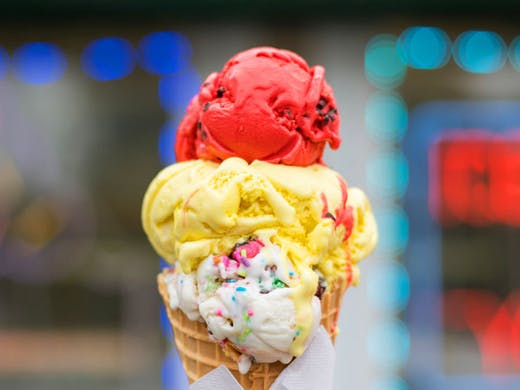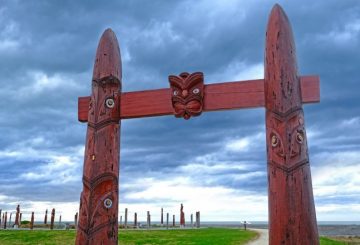Nghiên cứu mới nhất về ngành công nghiệp kem cao cấp của New Zealand cho thấy các nhà xuất khẩu có thể tìm thấy những người mua mới ở các thị trường nước ngoài có giá trị bao gồm Trung Quốc khi người tiêu dùng ngày càng tìm kiếm chất lượng hàng đầu trong thực phẩm.
Nghiên cứu mới cho thấy phạm vi mở rộng xuất khẩu kem sang Úc, Châu Á và Vương quốc Anh. Nó cho thấy kem cao cấp có khả năng có thể theo dõi thành công toàn cầu của xuất khẩu rượu vang và mật ong cao cấp, Bộ trưởng Phát triển Kinh tế Stuart Nash cho biết hôm thứ Tư khi phát hành một báo cáo cho Dự án Thông tin Thực phẩm và Đồ uống, do các cơ quan chính phủ điều hành.
“Kem được sản xuất ở hầu hết mọi khu vực ở New Zealand và có khoảng 48 nhà sản xuất địa phương,” Nash nói, thêm thách thức là dịch vị thế mạnh mẽ toàn cầu của New Zealand trong xuất khẩu sữa thành một thị trường toàn cầu sinh lợi cho kem và các món ăn đông lạnh khác.
“Các nhà sản xuất kem địa phương đầu tiên của chúng tôi bắt đầu với một số loại sữa và kem tốt nhất trên thế giới cách đây hơn 100 năm và vẫn đang gây ra gợn sóng,” Nash nói.
New Zealand đã được hưởng quyền truy cập miễn thuế đối với kem theo một số Hiệp định Thương mại Tự do (FTA) ở khu vực Châu Á-Thái Bình Dương. Điều này bao gồm quyền truy cập miễn thuế vào Trung Quốc, thị trường xuất khẩu kem lớn nhất New Zealand, dưới FTA New Zealand-Trung Quốc, theo báo cáo.
Người tiêu dùng quan tâm đến kem làm từ sữa từ cừu, hươu, trâu hoặc dê. Kem có nguồn gốc thực vật từ sữa yến mạch, nước cốt dừa hoặc sữa đậu nành có thị trường toàn cầu đang phát triển. Gelato và sorbet sử dụng tốt nhất của sản phẩm làm vườn phong phú của New Zealand, ông nói.
“Pokey khiêm tốn trong một hình nón là một biểu tượng Kiwi và là một phần thiết yếu của mùa hè. Nhưng các nhà sản xuất nghệ nhân đã đổi mới với các thành phần hoặc hương vị hữu cơ, theo mùa và phong phú như sữa A2, muối biển, bơ đậu phộng, cây gai dầu và nghệ,” Bộ trưởng nói.
Về nguyên tắc, thỏa thuận thương mại tự do giữa New Zealand và Vương quốc Anh đã đồng ý, vào năm 2021, có tiềm năng lớn cho kem và xuất khẩu sữa khác, ông nói.
Các nhà xuất khẩu kem cũng có thể đáp ứng các nhu cầu mới của người tiêu dùng phát sinh từ đại dịch COVID-19 toàn cầu. Theo báo cáo, có sự quan tâm ngày càng tăng đối với thực phẩm lành mạnh, bền vững, ít carbon hoặc thuần chay, và các sản phẩm cao cấp mua trực tiếp từ các siêu thị để tiêu thụ tại nhà.
New Zealand có nguyên liệu chất lượng và chi phí sản xuất thấp; một lực lượng lao động lành nghề và ngành công nghiệp chế biến được người tiêu dùng tin tưởng; và gần gũi hoặc tiếp cận mở vào các thị trường chính được thiết lập để phát triển hơn nữa với các thỏa thuận thương mại mới, Bộ trưởng cho biết.
Báo cáo cho thấy các nhà sản xuất kem xây dựng dựa trên thế mạnh hiện có trong chuỗi cung ứng xuất khẩu sữa; nhắm mục tiêu thị trường cao cấp và xây dựng “hương vị Kiwi độc đáo”; và tập trung vào một vài quốc gia phát triển nơi đã tiêu thụ kem cao.






























































